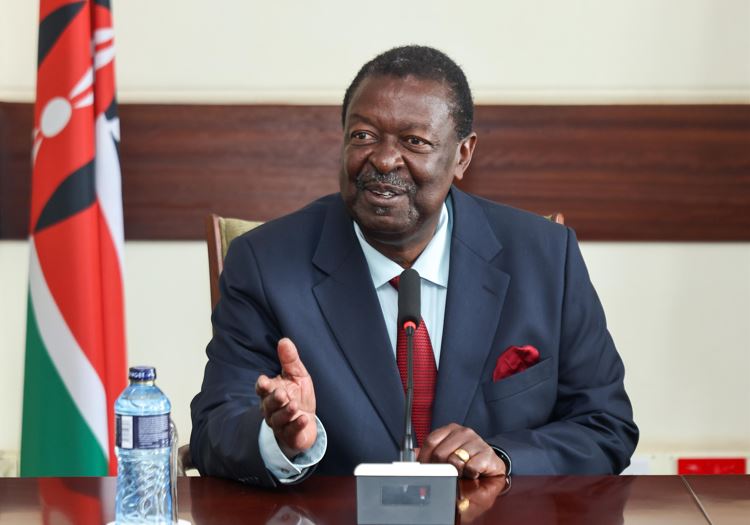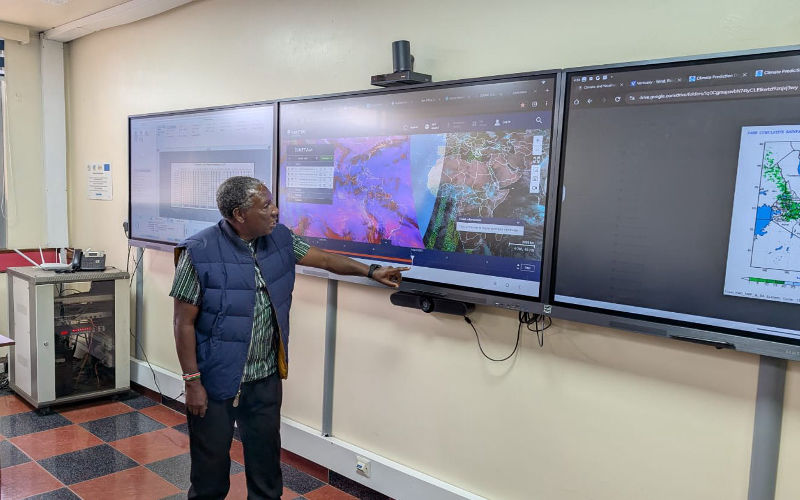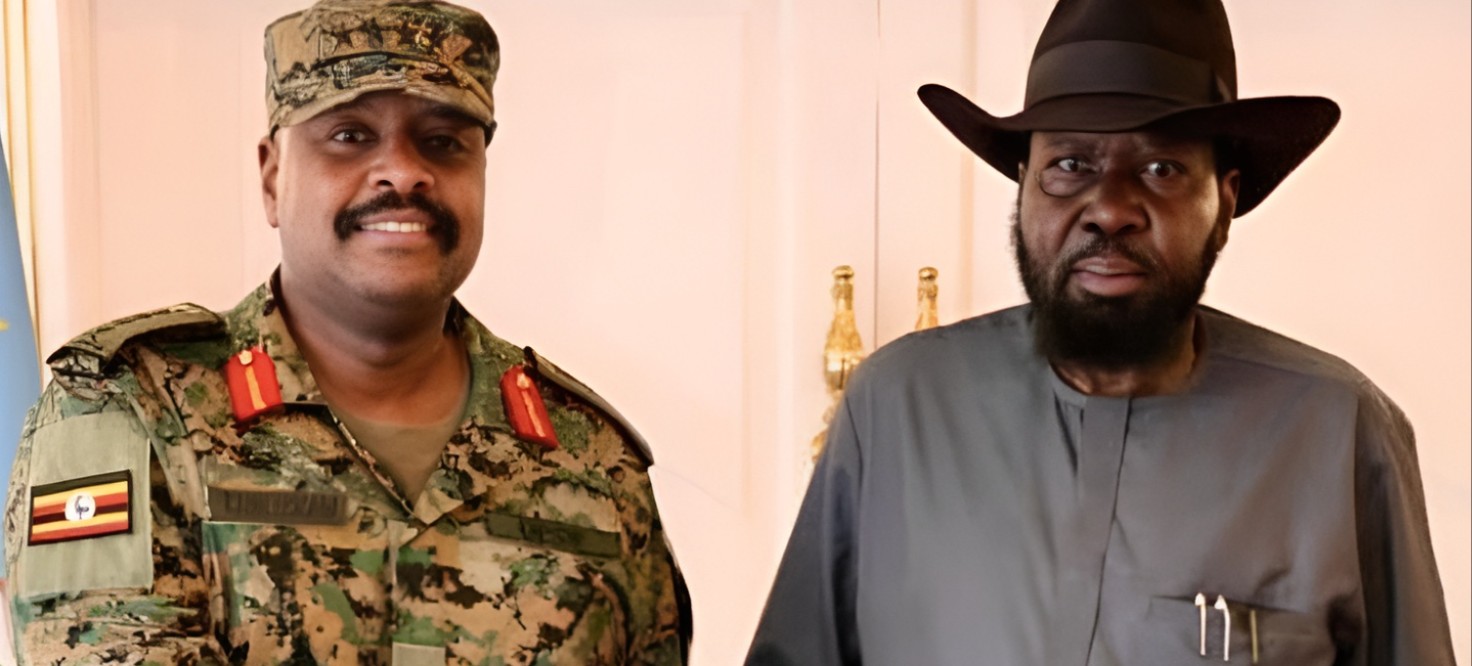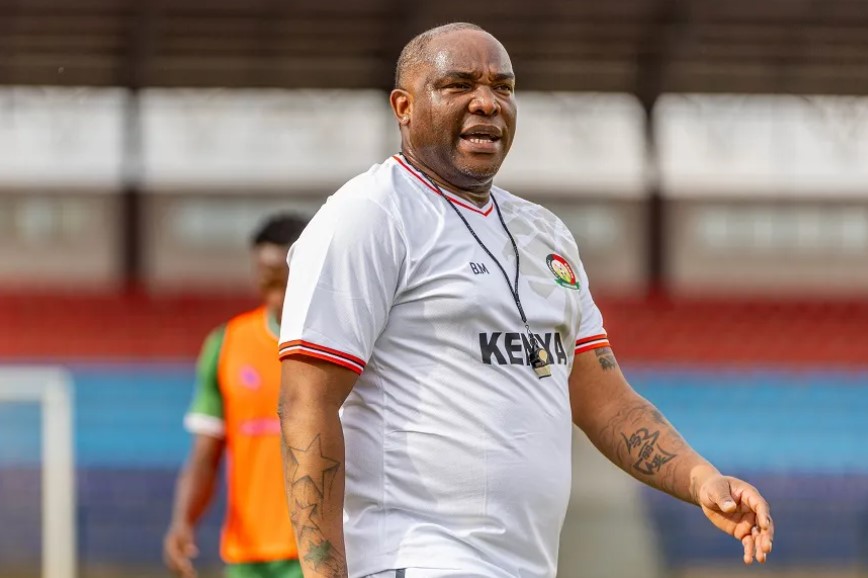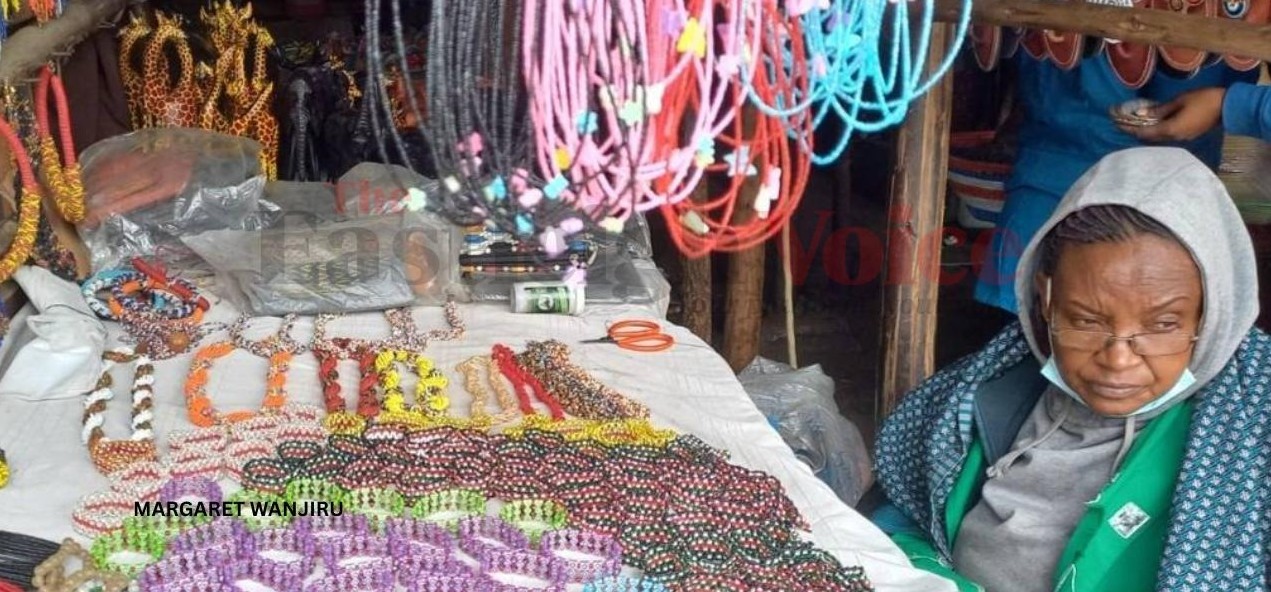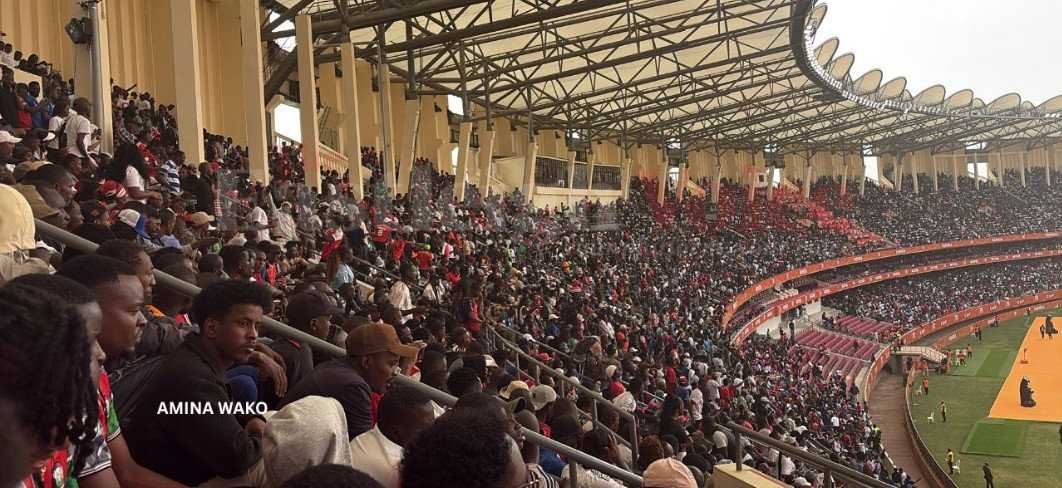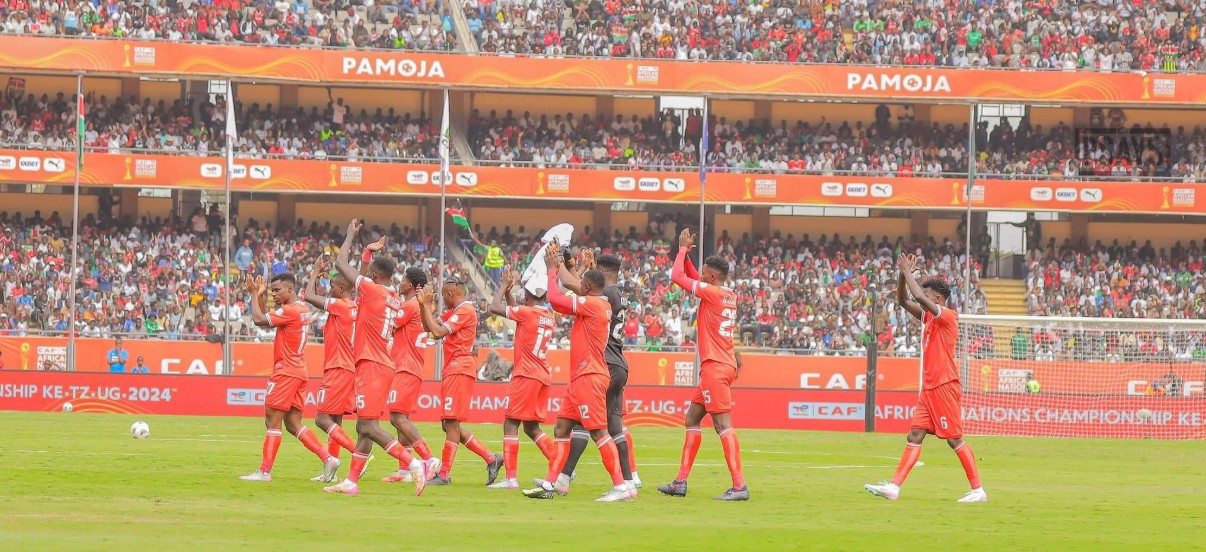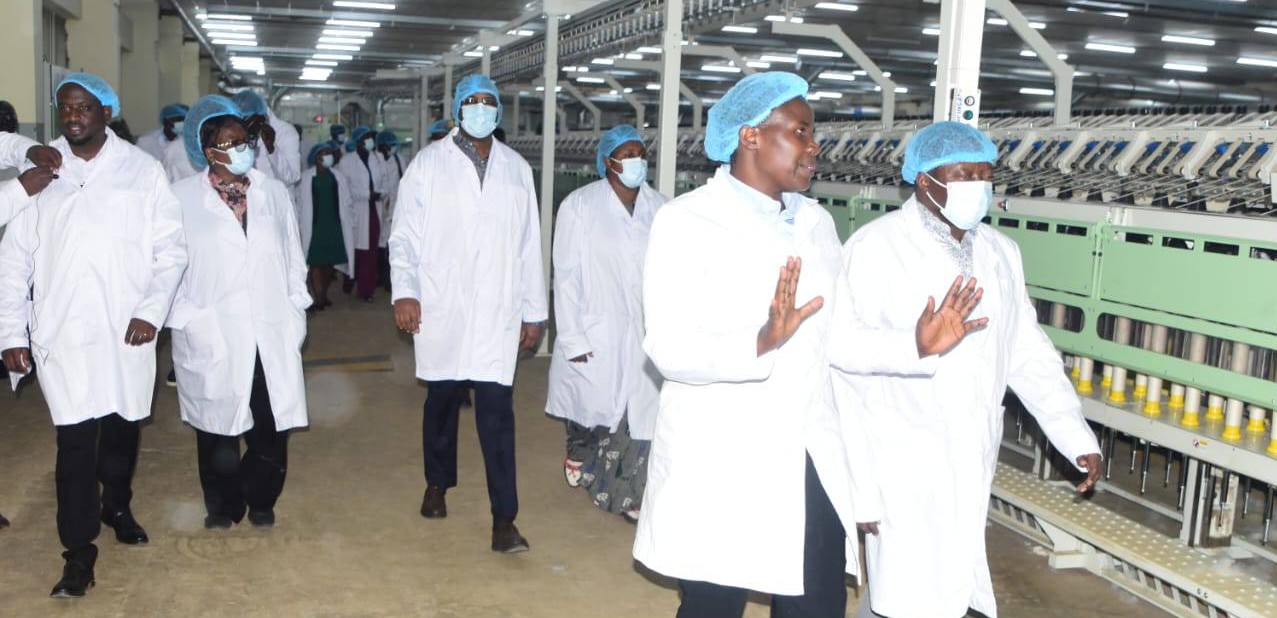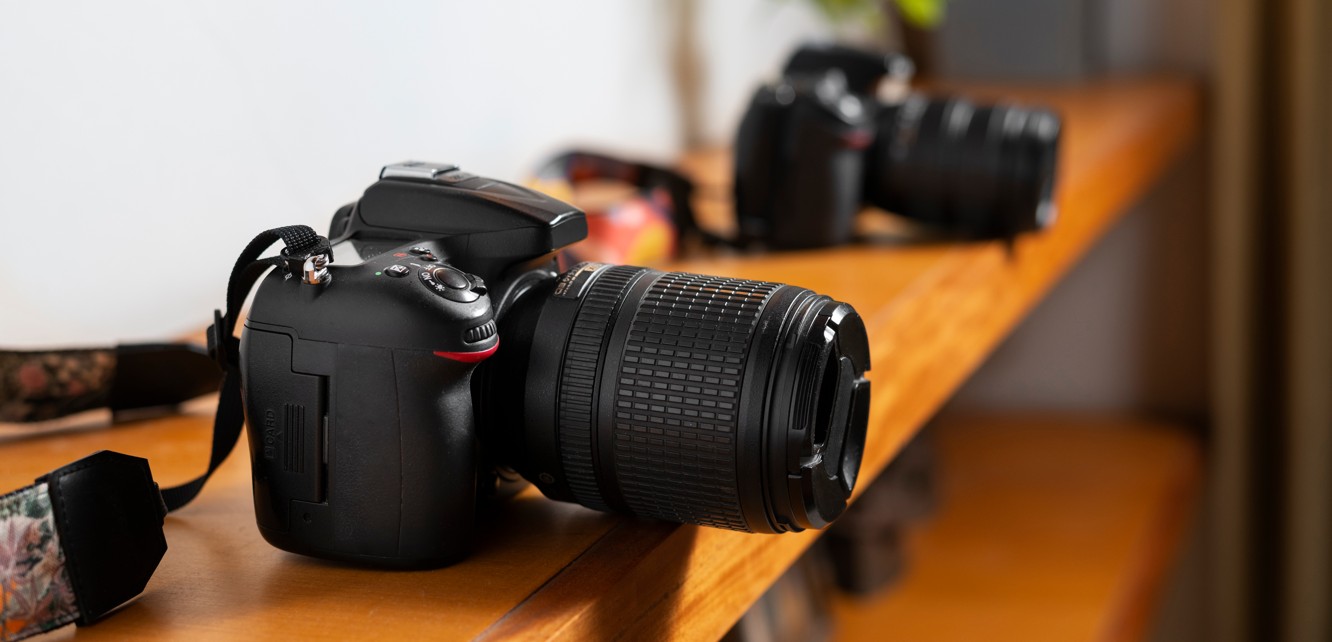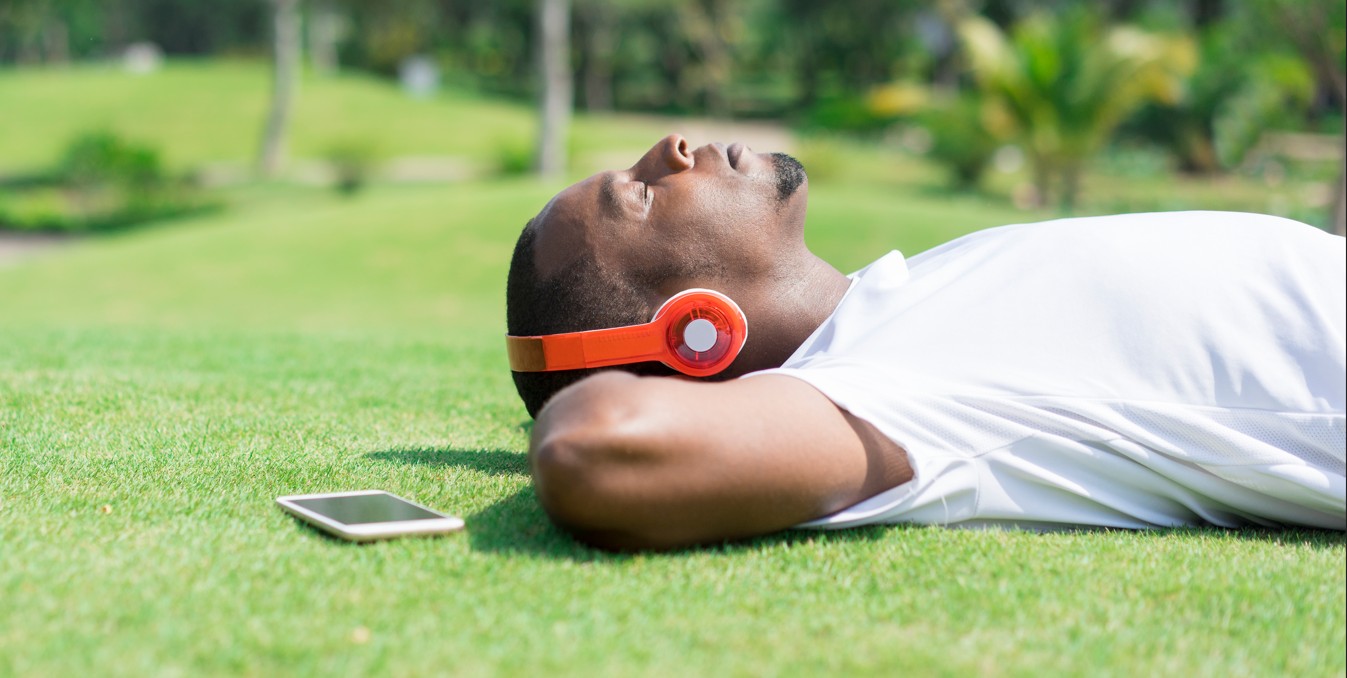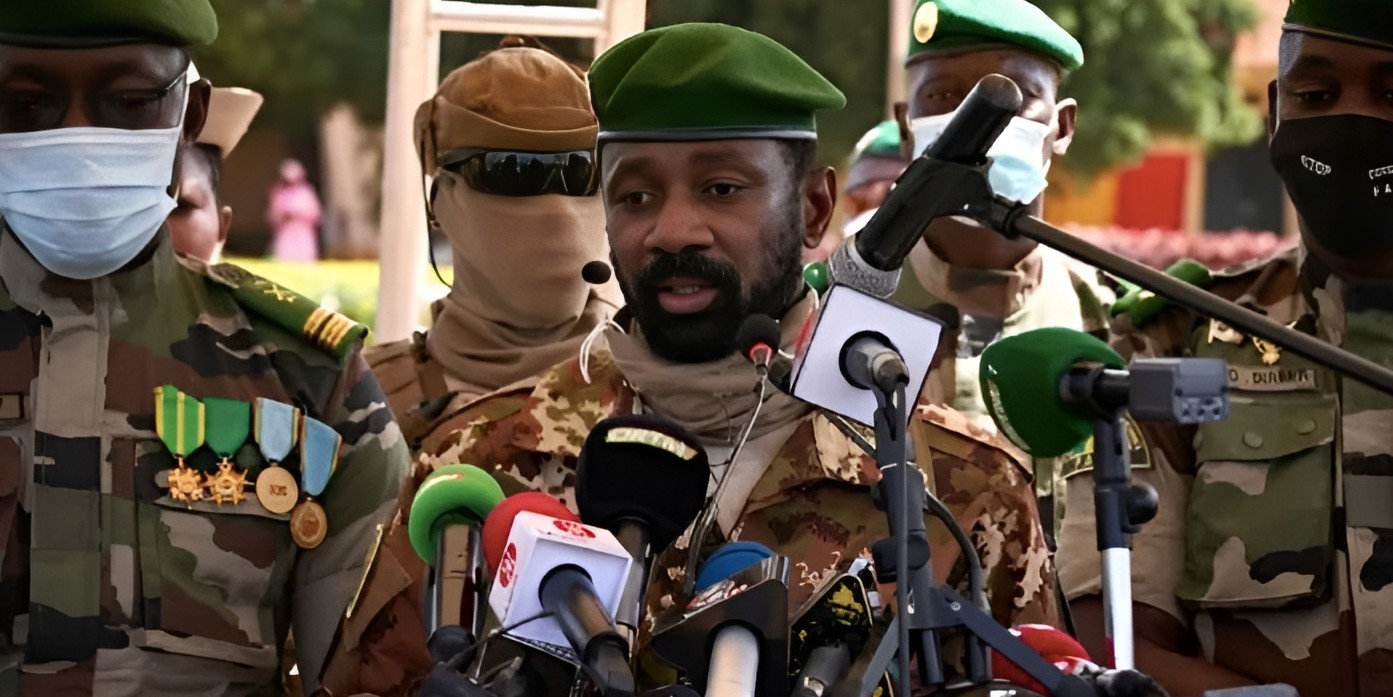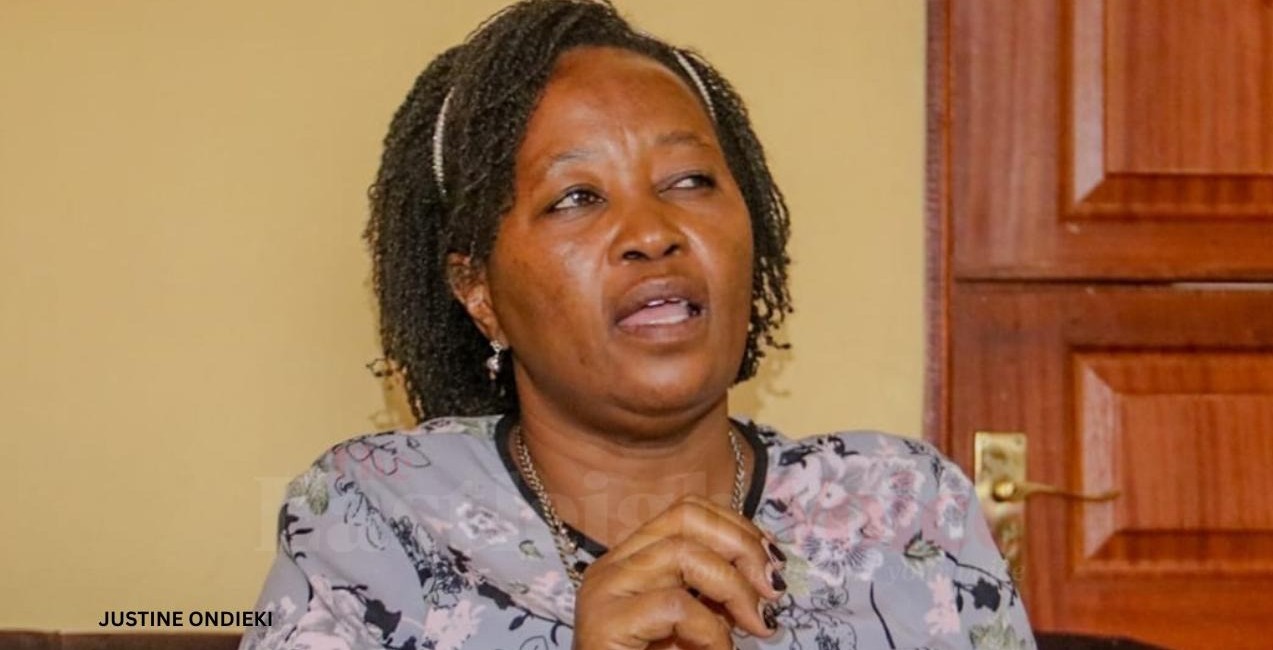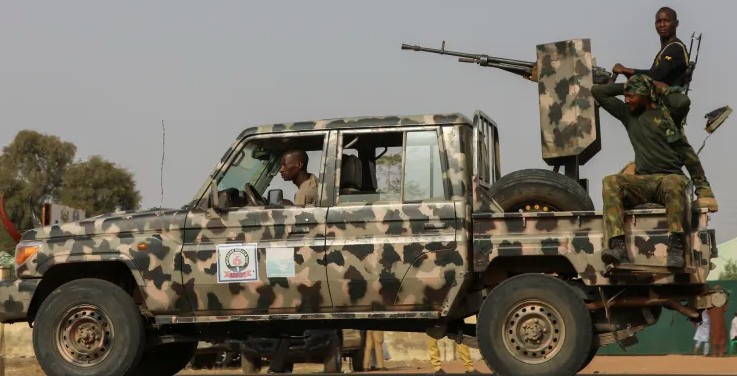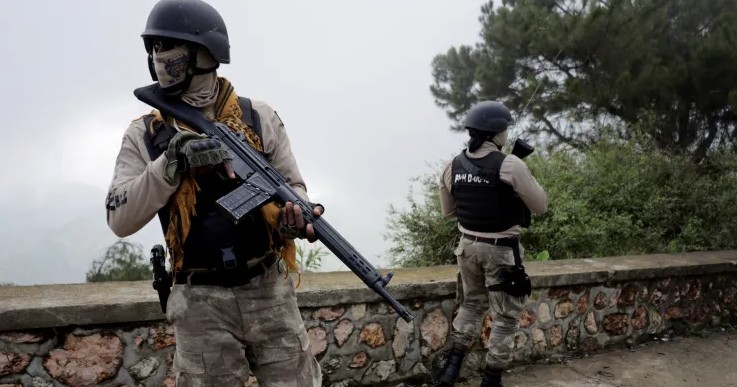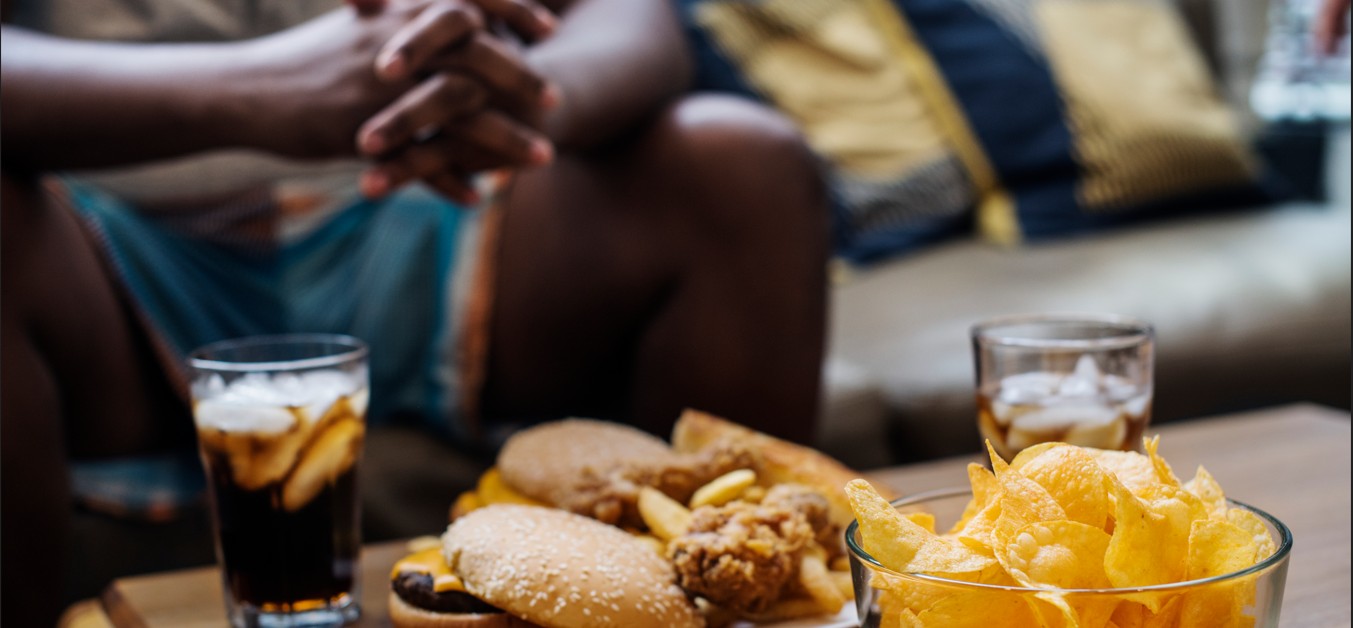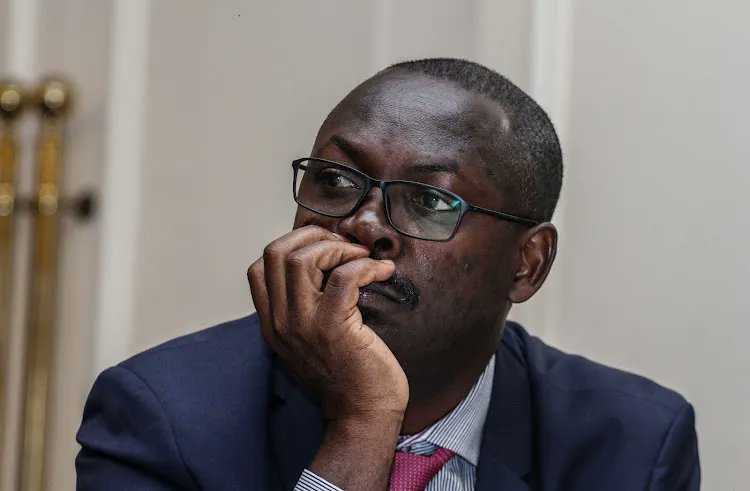At least four officers in every riot unit carry live firearms, Charles Owino reveals
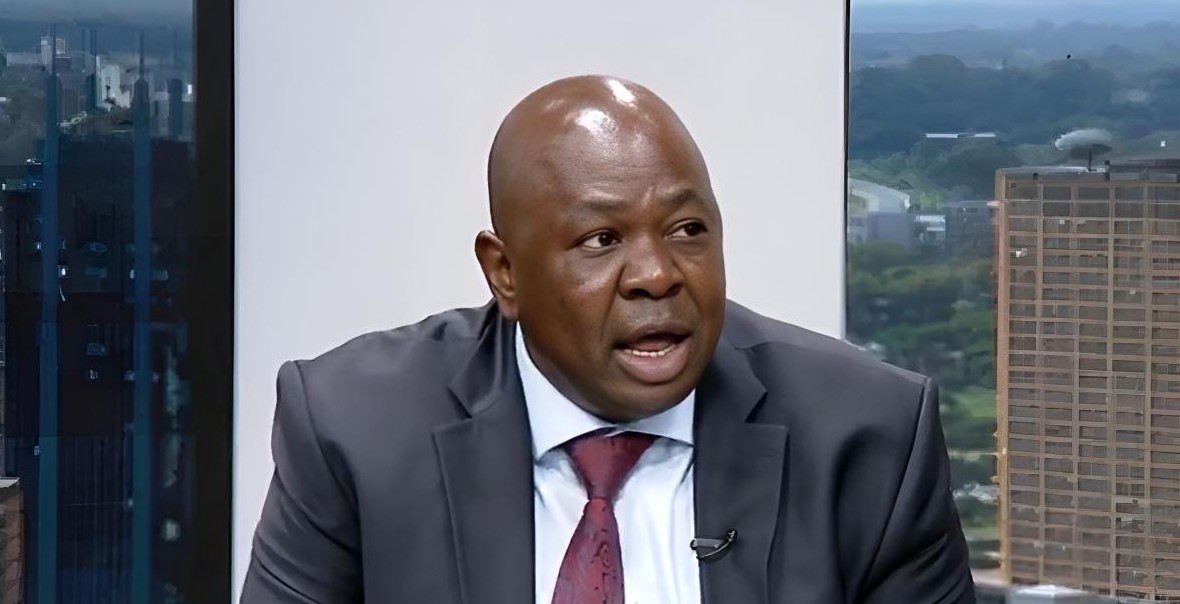
Owino defended police conduct during the recent protests, acknowledging public anger but emphasising that officers had exercised notable restraint despite facing extreme provocation and chaos.
Former police spokesperson Charles Owino has revealed that in a typical 32-member police platoon deployed for riot control, only four officers are issued live firearms, and they always operate under the supervision of a senior officer responsible for guiding their use.
In an interview with Citizen TV on Monday, Owino defended police conduct during the recent protests, acknowledging public anger but emphasising that officers had exercised notable restraint despite facing extreme provocation and chaos.
More To Read
- Legal experts divided over Ruto’s move to compensate protest victims since 2017
- Ruto announces 120-day compensation framework for protest victims
- Calls grow to disband Kenya’s police service over corruption, brutality and failed reforms
- Third member of 'FBI movement' arrested in Meru
- Kenya joins list of nations with worsening human rights record
- LSK faults IPOA over inaction, urges tougher oversight, compensation for police brutality victims
“In kind of riot preparations, not everybody is given a firearm. You always find that in every platoon you organise, 32 officers, only four have firearms. Even those four with firearms always have a sergeant who is older and supposed to give them direction or help them when they want to make mistakes,” he said.
His remarks come amid the shooting of 22-year-old Boniface Kariuki, who was shot at close range by a police officer during the June 17 anti-brutality protests. Owino claimed that Kariuki insulted the police officer, which led to the violent action.
Pressure beyond their control
He stressed that young, under-experienced officers often face pressure beyond their control, and poor planning during riot deployments can worsen situations.
“You see that boy who shot a young man, even that one is very young. If I look at his number, he has not even worked for three years… not even two years,” Owino said.
“There are certain ages at which you may not want to give a firearm. Though I’m sure he was not given a firearm, he was given a rubber bullet. But still, he misused it.”
Emotional reactions
He said such young officers should not be left to act independently, as emotional reactions could lead to tragedies.
“You can’t transfer your anger, your personal anger, into causing everyone a problem,” he said.
Owino also defended Interior Cabinet Secretary Kipchumba Murkomen’s recent “shoot-to-kill” comments, saying the statement was made out of frustration in response to rising threats against police officers and public order.
“You see, he has said that out of annoyance, out of what people have done, out of restraint. It is an abuse of a policeman, beaten and carrying his firearm to the ground, and he still restrained himself. He did not shoot at anyone,” he said.
He emphasised that the law provides strict but clear conditions for the use of firearms by police.
“There are provisions in law when police officers use firearms, and they are clear. One of them is to protect life. Another one is to restrain a person trying to rescue, maybe a criminal who has committed a felony, or somebody who is escaping from custody who has committed a felony,” he said.
Owino urged Kenyans to understand the legal framework guiding the use of firearms by police, noting that officers are only allowed to use guns to protect life, prevent escape by a felon, or stop a felon from being rescued.
“There are provisions in law when police officers use firearms, and they are clear. One of them is to protect life. Another is to restrain a person trying to rescue, maybe a criminal who has committed a felony, or somebody escaping from custody who has committed a felony,” he explained.
Violent protests
He warned that violent protests had placed not just police but civilians and infrastructure at risk.
“In the last incident, we have seen nine police stations destroyed or burned, and we have seen five firearms stolen from the police stations,” he said.
Owino voiced concern over the increasing number of casualties during protests.
“Even if you look at some of the cases, we have lost 17 people, which is very sad. There’s a 17-year-old boy who we lost in Molo from secondary school. There’s a security guard that we lost from Kenya Power out of what is called a stray bullet,” he said.
He also cited incidents during looting attempts, saying, “These are incidents that we can avoid. For example, if we were to have peaceful demonstrations, we cannot have such incidents. But what we have is total anarchy, and this cannot be allowed.”
Police conduct
The former police spokesperson called on legal experts to educate the public on the law governing police conduct and use of force. He said the low ratio of police to the population made it critical for officers to maintain authority.
“If the police cannot use their firearms, and the public gets to know they cannot use those firearms against them, then definitely what you are going to see is total anarchy,” he warned.
“The police population is just 120,000 with a real population of 50 million.”
He urged a national dialogue on policing, law, and protests.
“If there is no need for officers to use firearms, let’s agree with legislators that the police officer should not be given firearms at all,” he said.
Owino also appealed for national reflection on discipline, both by law enforcers and members of the public.
“We must have a platform as a country, my brother, where we have to agree, even on our own discipline.”
Top Stories Today
